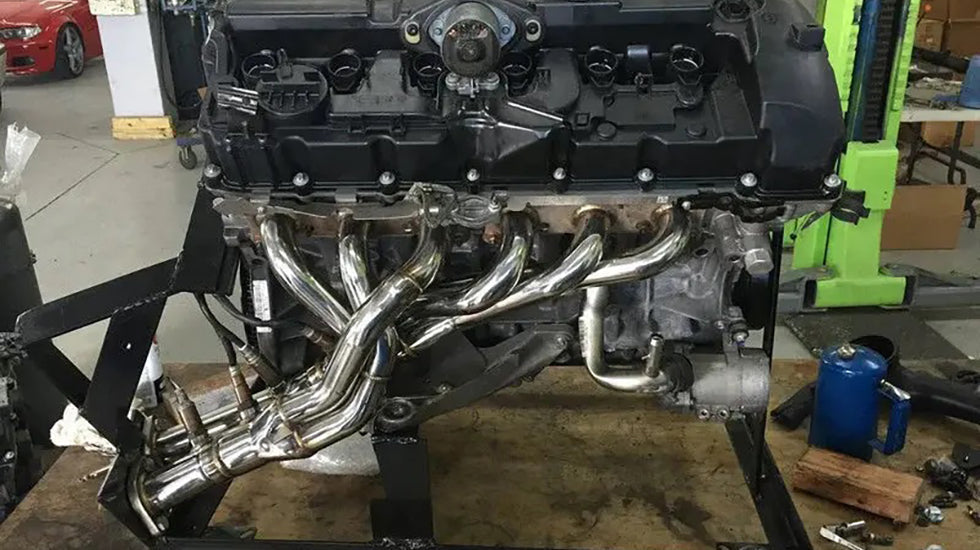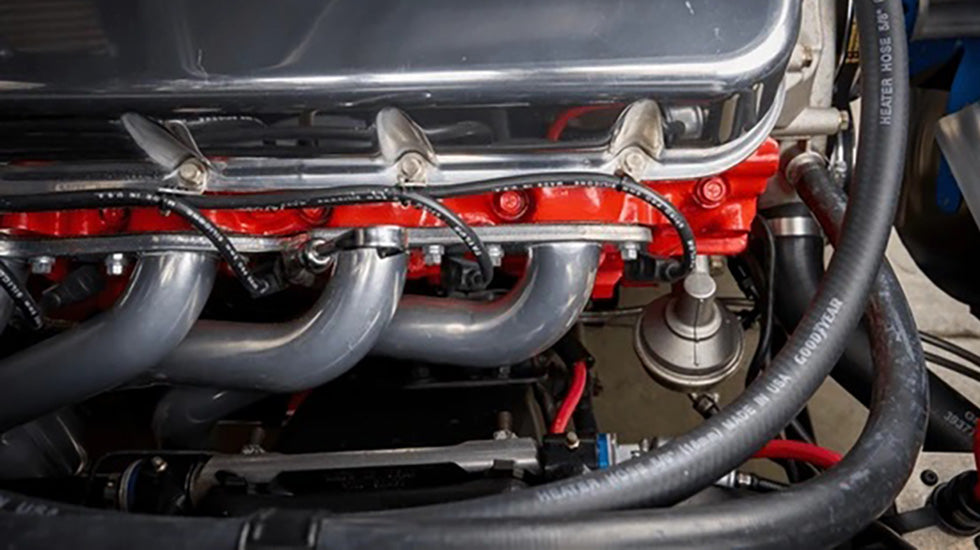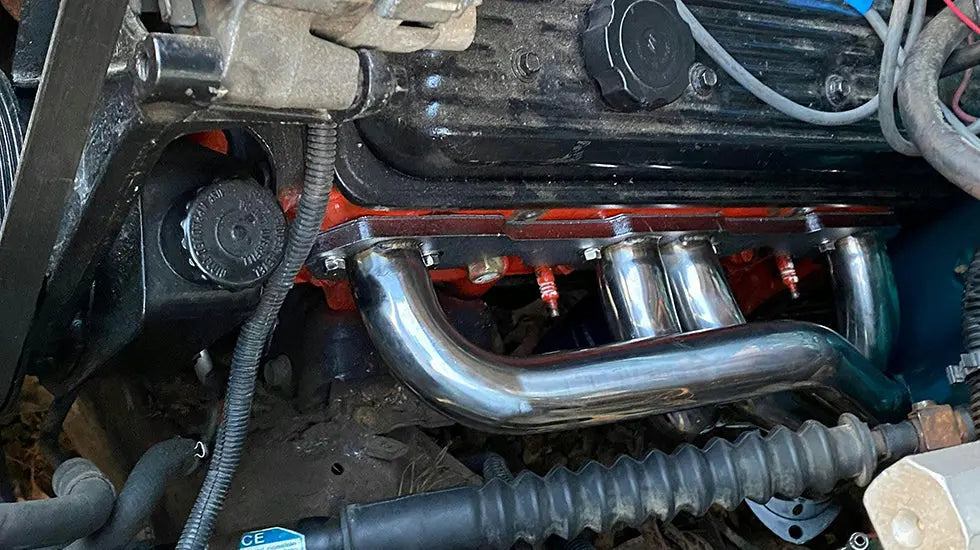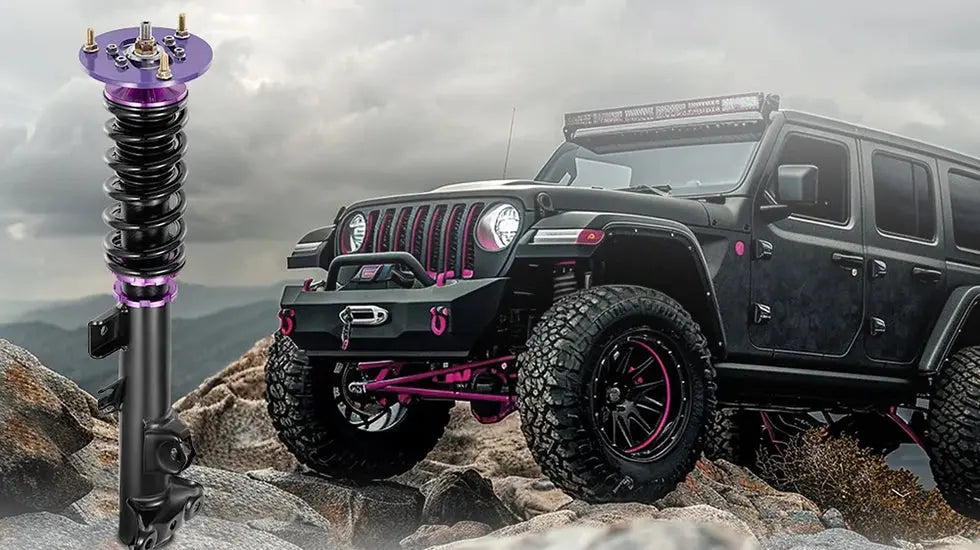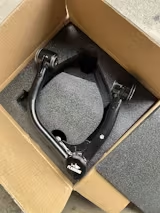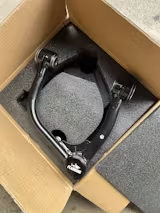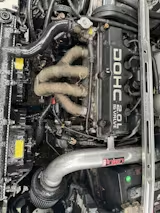Upgrading your BMW headers can unlock hidden horsepower, improve throttle response, and give your ride a more aggressive sound. But not all headers are created equal — compatibility, quality, legal compliance, and installation complexity all matter. In this guide, we cover everything you need to know about BMW headers, from how they work to the best models for each engine, plus real-world user insights from BMW enthusiast forums.
What Are BMW Headers & Why Should You Upgrade?
Your BMW’s exhaust headers are the first set of pipes connecting each cylinder’s exhaust port to the rest of the exhaust system. They act as individual collectors that channel hot exhaust gases away from the engine more efficiently than a stock exhaust manifold.
Why upgrade?
Stock headers often have restrictive designs to meet emission regulations and reduce cost. Upgrading to performance headers can:
-
Increase horsepower & torque by improving exhaust flow
-
Enhance throttle response, making acceleration more immediate
-
Potentially improve fuel efficiency as the engine breathes better
-
Provide a more aggressive exhaust note
-
Allow for better tuning and further performance upgrades
However, upgrading headers can sometimes trigger a check engine light (CEL) due to changes in exhaust flow affecting oxygen sensors. Many BMW owners pair header upgrades with ECU tuning to resolve this.
Should You Upgrade Your BMW Headers? Key Considerations
Before buying, consider:
Compatibility
BMW models vary widely in exhaust layout, especially between rear-wheel drive and all-wheel drive (xi) versions. Headers designed for a 330i may not fit a 330xi without modifications.
Legal Compliance
Some performance headers lack catalytic converters or use high-flow cats not approved in strict states like California. Installing these may cause failed emissions tests. Check local regulations and CARB certification if applicable.
Installation Complexity
Headers often require custom fitting or modification, especially on older BMWs or less common models. Installation difficulty varies from simple bolt-on to complex modifications.
Supporting Mods
Headers work best combined with other upgrades like high-flow intake, ECU tuning, or improved intercoolers, especially on turbocharged engines.
Best BMW Exhaust Headers
Listed below are 4 top recommended BMW exhaust headers:
1. M54 E46/Z3 Exhaust Headers (2000-2006)
2. N52 E90/E82 Exhaust Headers (2006-2013)
This 2006-2013 BMW exhaust headers come with an N52 or N51 engine a performance upgrade. To make a long story short, car enthusiasts who drive this BMW auto for performance should opt for this exhaust header as it has an N52 or N51 engine and this one enhances its performance. This exhaust header simply takes the place of the traditional exhaust manifold of your vehicle, improving airflow out of your engine, and giving you a good amount of horsepower. The experience of starting with a far more sensitive reaction to your inputs during driving.
3. Long tube M52 Header (1994-2002)
1994-2002 BMW M52 headers are designed to improve the issue of flow of air. It will also note that they are effective in enhancing performance and releasing the power that may be hidden. These are normally available on the Internet or in hardware stores; just make sure they fit into your particular brand and model. You should also note that in some places these headers cannot be used on the street because they lack catalytic converters so one has to check for the legal requirements of such headers in his country.

4. E30 Exhaust Header (1988-1993)
BMW e30 exhaust header is made for BMW 320i, 323i, 325i, and 325ix. By replacing your stock exhaust header, you can potentially increase horsepower and improve the engine function. Made from stainless steel for long-lasting use, this is a direct bolt-on upgrade for a relatively easy installation.

How to Choose the Right Headers for Your BMW
-
Know your exact model and engine code. Check forums for compatibility reports.
-
Consider your budget vs. goals. Cheap headers may cause problems; premium brands offer better durability and fitment.
-
Check emission laws in your state. California and some other states require CARB certification.
-
Plan for ECU tuning if needed. Headers can affect O2 sensor readings and CEL triggers.
-
Factor in installation complexity. Some headers require professional install or additional parts (gaskets, O2 spacers).
Aftercare & Maintenance Tips
-
After installation, perform a short test drive checking for exhaust leaks (listen for hissing or rattling).
-
Re-tighten all header bolts after the engine warms up to account for metal expansion.
-
Monitor your engine temperature to ensure no overheating occurs due to altered exhaust flow.
-
Regularly inspect headers for rust or cracks, especially if using non-stainless materials.
Conclusion
Upgrading your BMW headers can unlock exciting performance gains and improve your driving experience. However, successful upgrades depend on choosing the right headers for your exact BMW model, considering legal regulations, and balancing quality with budget. Combining headers with ECU tuning and other bolt-ons maximizes benefits.
Remember to research thoroughly, consult trusted forums, and opt for reputable brands. With the right headers, your BMW will deliver more power, better throttle response, and a signature exhaust growl that makes every drive more thrilling.

